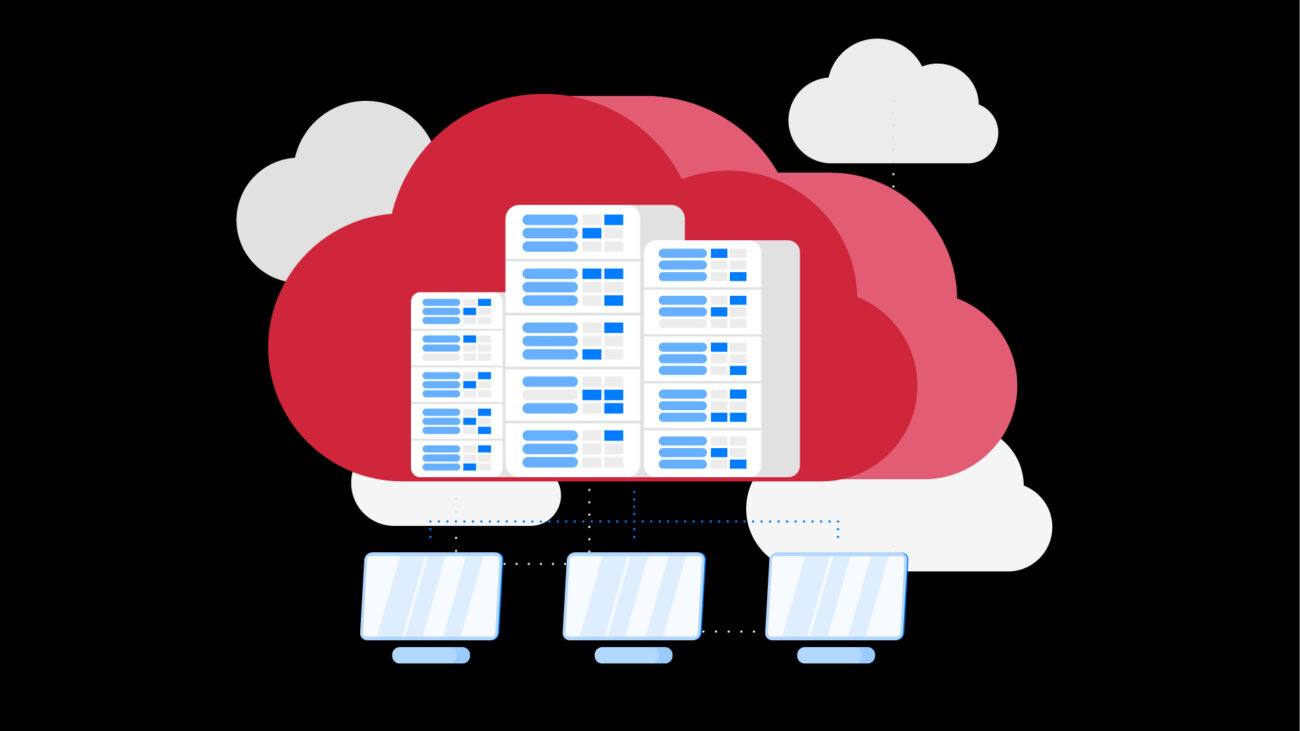When you’re setting up a website, one of the first big decisions is choosing the right hosting type. For most people, the two main options are shared hosting and cloud hosting. While both serve the same purpose—keeping your site online—they work very differently. Understanding these differences helps you avoid performance issues later and ensures your site grows smoothly.
What Is Shared Hosting?
Shared hosting is the most common entry-level hosting service. Multiple websites run on the same server and use the same resources, such as CPU, memory, and bandwidth.
Advantages of shared hosting include:
Very affordable compared to other hosting types.
Easy setup with minimal technical knowledge required.
Ideal for beginners, small businesses, or personal blogs.
Maintenance, updates, ssd Linux hosting provider in USA and server management are handled by the provider.
Drawbacks you need to know:
Limited resources since they’re shared among many users.
If one site experiences heavy traffic, others may slow down.
Minimal control over server settings or software installation.
Difficult to scale once your website starts attracting more visitors.
Shared hosting is best for sites with modest traffic and no need for advanced customizations.
What Is Cloud Hosting?
Cloud hosting uses a cluster of interconnected servers to host your website. Instead of relying on one machine, resources are pulled dynamically from this network.
Strengths of cloud hosting include:
High reliability since your site isn’t tied to a single physical server.
Automatic load balancing keeps performance stable during traffic surges.
Resources like CPU and RAM can be scaled up or down instantly.
Stronger security and isolation compared to shared environments.
Faster website performance under varying conditions.
Possible downsides:
Generally, more expensive than shared hosting.
May require more technical understanding, unless it’s a managed cloud plan.
Can be unnecessary for very small or low-traffic websites.
Cloud hosting is best for growing businesses, online stores, or websites that can’t afford downtime.
Shared Hosting vs Cloud Hosting: Key Differences in Bullet Points
Instead of a table, here’s the breakdown in simple points:
Cost
Shared: Budget-friendly, fixed monthly fee.
Cloud: Higher cost, sometimes pay-as-you-go pricing.
Scalability
Shared: Limited; you’ll eventually need to upgrade to a higher plan.
Cloud: Flexible; scale resources instantly as traffic grows.
Reliability
Shared: A single server failure can affect your site.
Cloud: Redundancy ensures uptime, even if one server goes down.
Performance
Shared: Can slow down when neighbors on the server use too many resources.
Cloud: Handles heavy traffic better, thanks to distributed resources.
Customization & Control
Shared: Restricted access, limited configuration options.
Cloud: Greater freedom to tweak resources and settings.
Best For
Shared: Beginners, personal sites, or small businesses.
Cloud: High-traffic websites, eCommerce, or mission-critical applications.
When Should You Choose Shared Hosting?
Shared hosting is the right choice if:
You’re building your first website and want the easiest path.
Your traffic is predictable and relatively low.
You’re running a personal blog, portfolio, or basic company website.
Cost savings matter more than scalability or advanced features.
It’s the simplest, most affordable way to get online quickly.
When Should You Choose Cloud Hosting?
Cloud hosting makes sense when:
Your site must stay online 24/7 without interruptions.
You run an eCommerce store or SaaS platform where downtime means lost revenue.
You expect traffic spikes from promotions, seasonal sales, or viral content.
You need the freedom to scale resources on demand.
Security and performance are non-negotiable for your business.
For businesses that rely on online presence, cloud hosting is more of an investment than an expense.
Cost Considerations
Many people worry about the cost difference. While cloud hosting can be pricier, the real question is what you gain in return. Shared hosting saves money initially, Best ssd nvme web hosting provider in usa but the trade-off is limited growth. Cloud hosting costs more, but the investment protects you from downtime, traffic overload, and scaling headaches.
When comparing costs:
Check for hidden fees such as backup, bandwidth overages, or storage add-ons.
Consider long-term growth; moving from shared to cloud later may involve migration costs.
If your website is mission-critical, the reliability of cloud hosting often justifies the expense.
Tips Before Migrating to Cloud
If you start with shared hosting but outgrow it, migrating to cloud is usually the next step. Keep these tips in mind:
Benchmark your current usage (CPU, RAM, storage, traffic).
Choose managed cloud hosting if you don’t want to handle administration.
Use caching and a CDN to optimize performance.
Plan migrations carefully to minimize downtime.
Set up monitoring and auto-scaling tools for smooth growth.
Final Thoughts
Shared hosting and cloud hosting both have their place. Shared hosting is perfect for new websites, blogs, and small projects where budget is the top priority. Cloud hosting shines for businesses that value uptime, performance, and flexibility.
Your choice depends on your goals: start small with shared if you’re testing the waters, but don’t hesitate to move to cloud once your website becomes an essential part of your brand or business.
